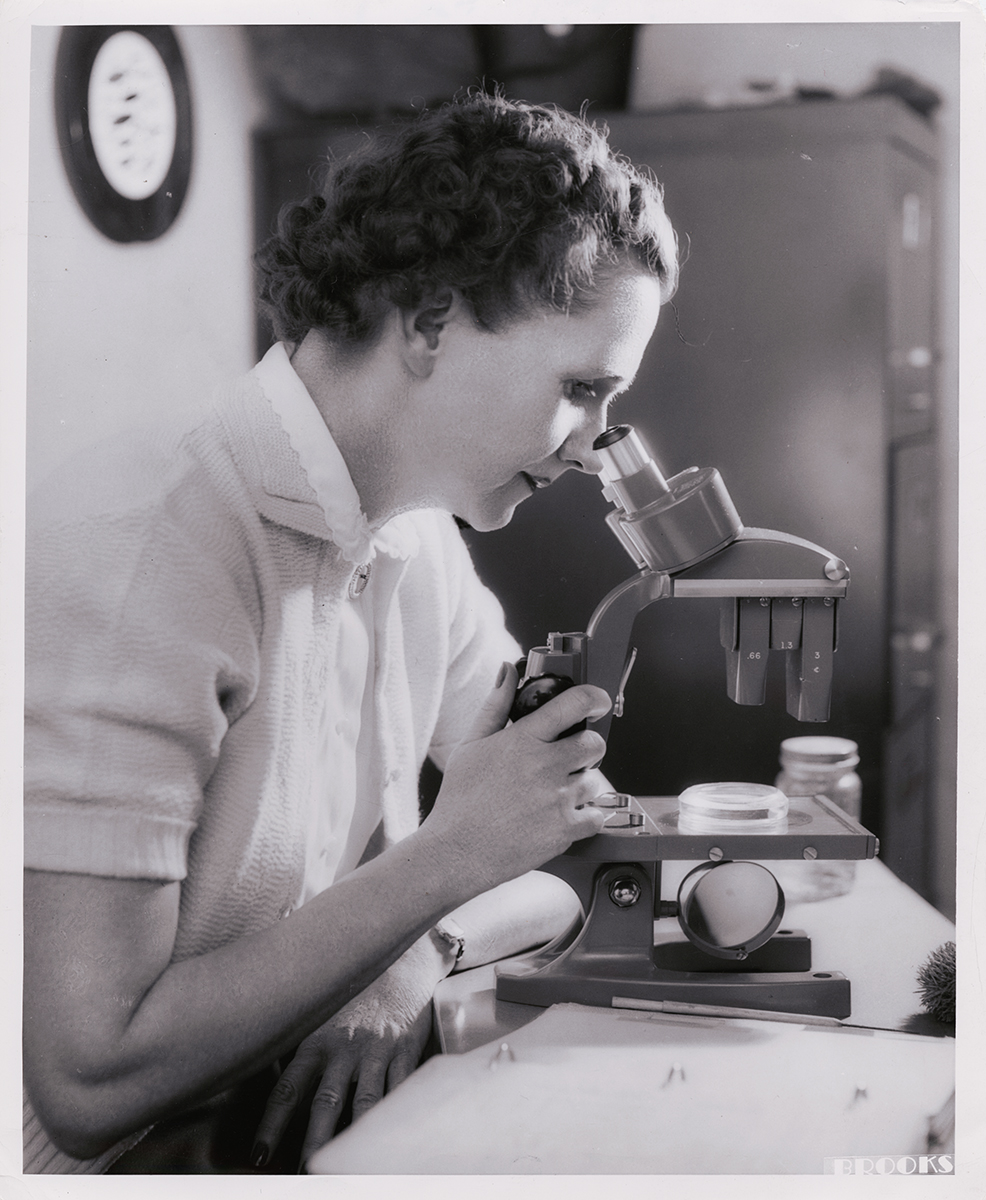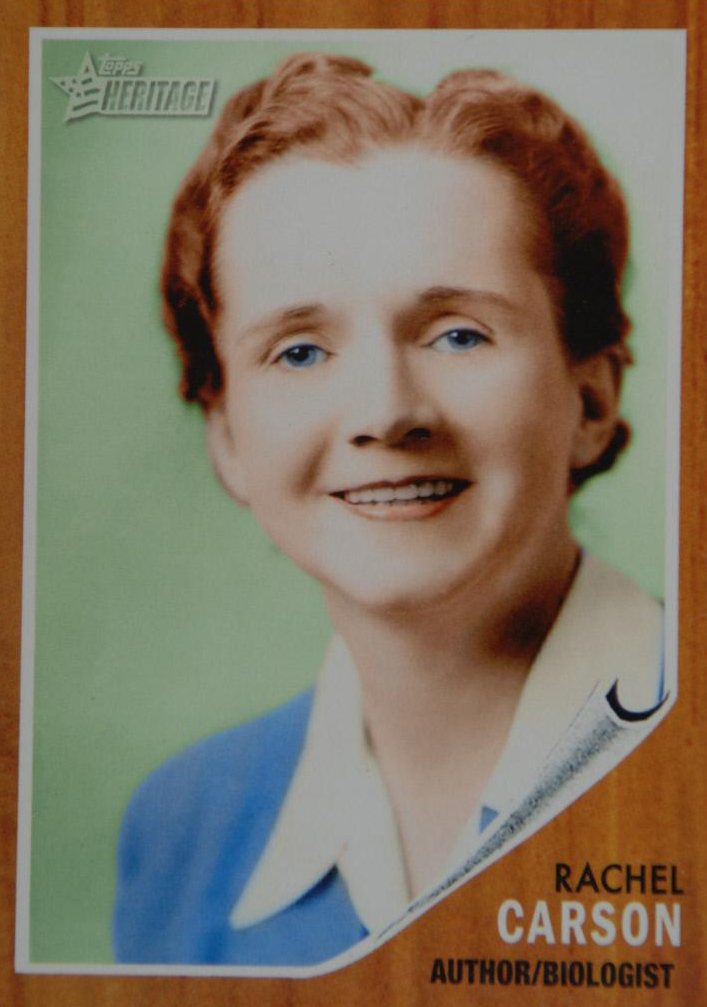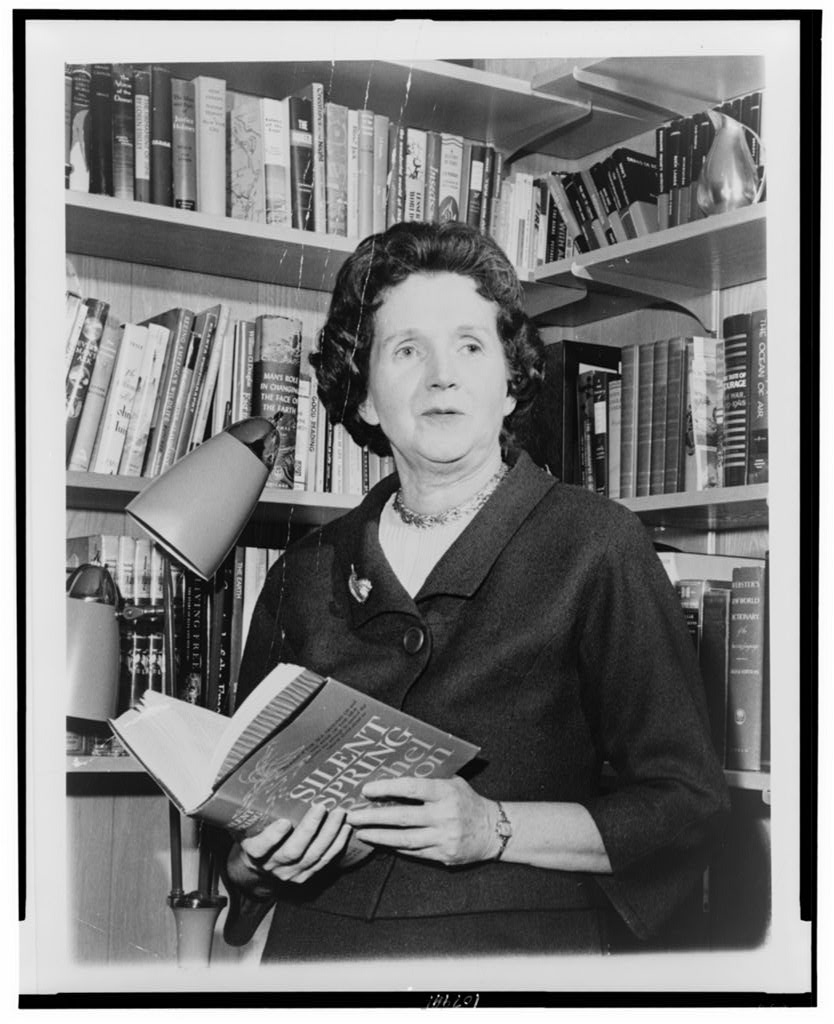
A fair share of important figures emerged from Pittsburgh’s history. One of the most courageous and influential women to come from the region is Rachel Carson, the namesake of one of Pittsburgh’s famous Three Sisters Bridges. Born in 1907, Carson grew up a little over 10 miles north of the city on a farm in Springdale, Pa., where she developed a love of nature and the outdoors from her mother. She published her first written piece in a local magazine at age 11.
After graduating high school, Carson studied at the Pennsylvania College for Women (now Chatham University) and majored in English with plans to become a teacher. Before graduating in 1929, Carson switched her major to biology, becoming one of only three women to complete the program. Carson persisted in her education. Studying at the Woods Hole Marine Biological Laboratory in Massachusetts only amplified Carson’s appreciation for the sea. Intending to continue her education, she attended John Hopkins University, where she completed her master’s degree in zoology in 1932.
The Great Depression and family financial trouble cut her education short and forced Carson to drop out of school in 1934. A short time later, however, Carson became the second woman ever hired at the U.S. Bureau of Fisheries. There, Carson worked as a writer and wrote radio scripts for the agency. Soon after beginning her new job, Carson’s father passed away, which left her as the sole provider for her family’s home. In order to make ends meet, Carson wrote articles on natural history for The Baltimore Sun on the side. These articles would eventually become the inspiration for her books.

Carson worked her way to the top of the line at the newly-formed U.S. Fish and Wildlife Service. The department promoted Carson to editor-in-chief of all publications within a few years of her start. She worked there for over a decade. When she wasn’t working with the agency, Carson wrote. Her writing varied from scientific articles to pamphlets on conservation and natural resources. Carson’s first book, “Under the Sea-Wind,” came out in 1941. Based on an article Carson wrote years prior, the book referenced the varying interactions of life shared in the open sea. Her second book, “The Sea Around Us,” published in 1951, used scientific materials to create a riveting story of the sea. An international best-seller, Carson’s second book raised important awareness of science and the ocean.
Carson resigned from her position at the U.S. Fish and Wildlife Service to take up writing full-time in 1952. Shortly thereafter in 1955, Carson published her next book, “The Edge of the Sea.” After one of her nieces passed away, Carson adopted the woman’s son and moved to Silver Spring, Md. to help look after her mother. Split between her family and her writing, Carson’s next battle had just begun.
Back in 1939, the U.S. government learned that DDT, or dichlorodiphenyltrichloroethane, a chemical agent used in war to ward off insects, could be useful as an insecticide. DDT soon became the first of modern-day synthetic insecticides and, by the 1960s, became Carson’s next target.

Disturbed by the ever-increasing use of synthetic chemical pesticides and the lack of investigations on those chemicals by the chemical industry, Carson took to her research and writing. Published in 1962, Carson’s most well-known book, “Silent Spring,” began one of the greatest reformations in American history. Carson was attacked by the industries and some government personnel for her book. They aimed to discredit her, calling her hysterical and an alarmist, but Carson never backed down. Forever at the forefront of asking the tough questions, Carson’s determination lead to the eventual ban on DDT in 1972.
Carson never lived to see DDT’s ban. She died from breast cancer in 1964, but the generation of her day took notice of her push to educate the public on the harmful effects of pesticides. Following her death in 1964, the country’s largest environmental movement emerged. The movement forced the creation of multiple laws and acts, including the Wilderness Act in 1964, the Endangered Species Act in 1966, and the Environmental Defense Fund in 1967. In April 1970, the United States celebrated the first Earth Day. The National Oceanic and Atmospheric Administration and Environmental Protection Agency were founded in the later months of the same year.
Rachel Carson helped spark one of the greatest environmental movements in the country, building recognition for the concerns Americans had about their health and the environment.
Megan Stouffer is the History Center’s marketing & communications department’s summer 2019 intern.